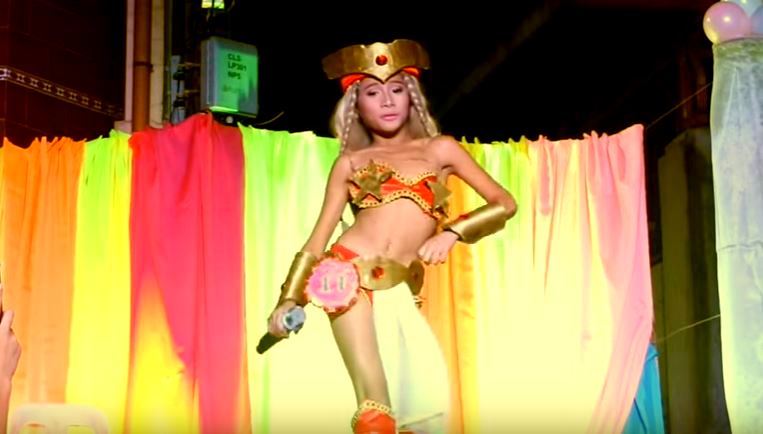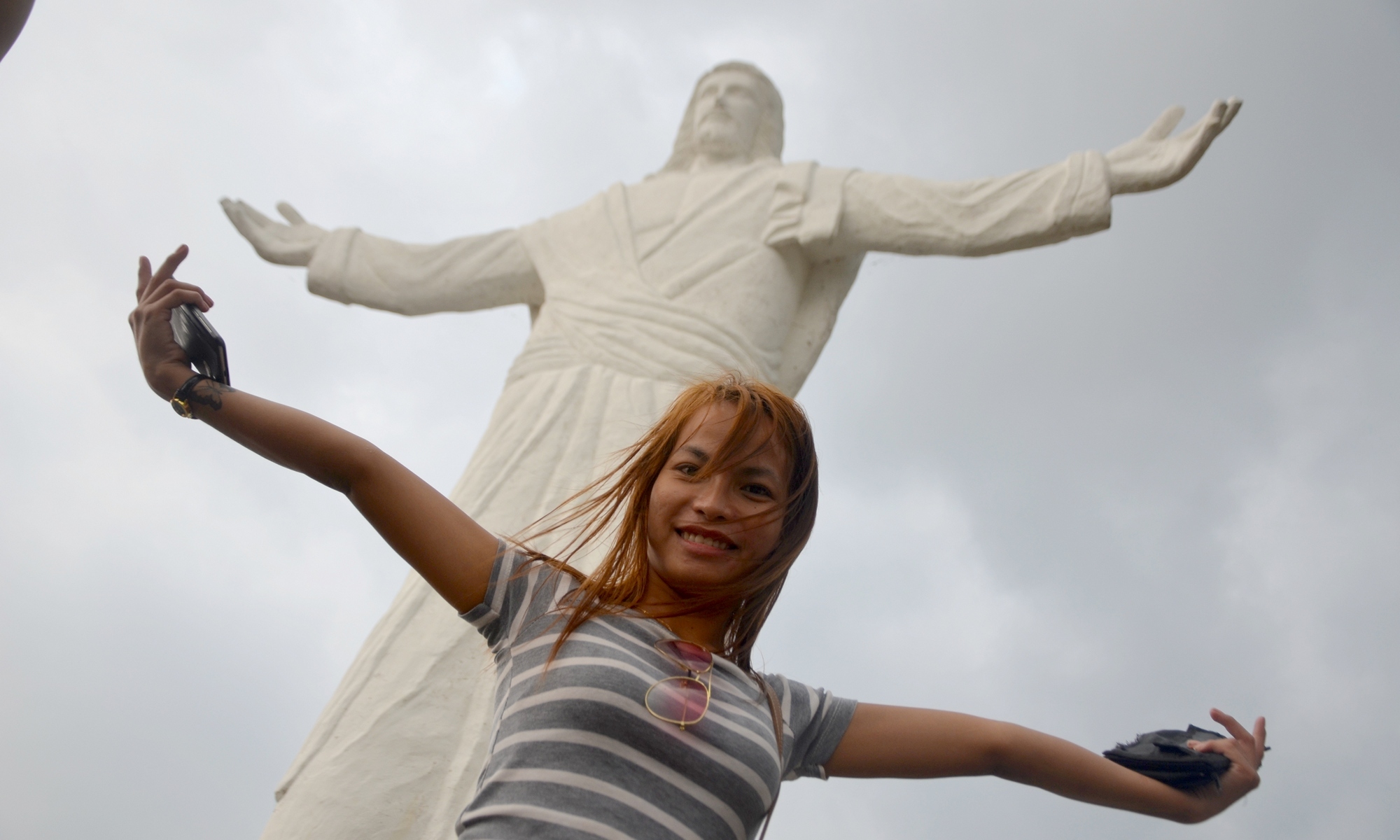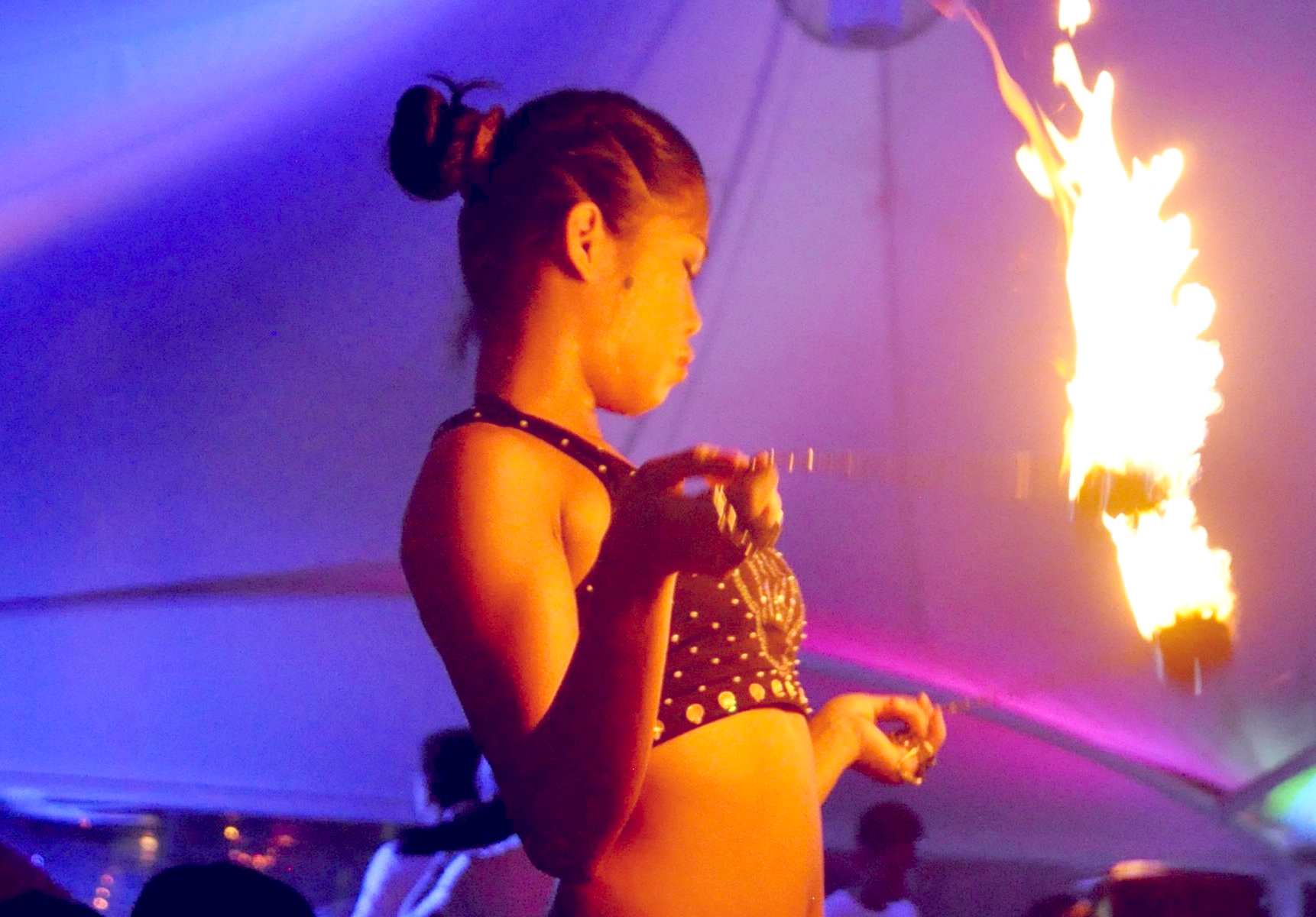Originally posted 2021-09-30 07:42:37.
Transwomen in the Philippines are classified locally as ‘gay’. The specific word used might be ‘bakla’, ‘beki’, ‘bayot’, ‘bading’ or any one of several others, depending on location and dialect.
Here, ‘gay’ does not mean what it does in the West. It means you are male but not a man; that you have ‘green blood’. You are an unmasculine male. In Luzon, the most popular local term is ‘bakla’. Their lifestyle is called ‘kabaklaan’.

The domestic space
Within traditional ‘two group’ societies, found ll over the world, the domestic space is entirely matriarchal. Women are in charge of the home, the household budgets, discipline, educating the younger children and so on.
Outside the domestic space, the world of work, toil, hunting, war and hurt, is the men’s domain. Here there is an operational patriarchy. But that patriarchy does not regulate the home. The spheres are complementary but separate. This is how humans are evolved to live and still do, in most of the world.
All children grow up in the domestic space, where women are the authority figures. As they reach puberty, boy children are expected to move away from this space and gravitate towards the ‘men’ group. There might be rites of passage, for example, in the Philippines, circumcision.
This is not carried out for religious reasons — most people are Catholic — but to signify that the boy has reached sexual maturity; his weapon is ritually unsheathed by having the prepuce sliced away. But the act also signifies the boy’s entry into the world of men, where hurt is the norm and pleasure tempered by pain.
The culture is introspective
This culture is not focussed outwardly, but inwardly. Its function is to make babies and rear children. Women build their homes and families around themselves like nests.
As girls, they are their mothers’ lieutenants, helping to keep the house and care for the younger children. As mothers they become captains, in charge of their own families. As grandmothers, they are the matriarchs of their clans, in absolute authority. And as they age past this, they become beloved arrière-grand-mères, repositories of wisdom and family history, always with a great-grandson or daughter on their knee.

Manhood: Toil and sweat
Men, on the other hand, have to toil and sweat. They have long since foregone, in most cultures, the playful camaraderie of the hunt, the loss of which pleasure was lamented in cycles from the Epic of Gilgamesh to Genesis. Today, for them awaits only the backbreaking work of the fields, or the endless hours as tricycle or jeepney pilots.
Perhaps they work in construction, giving their lives for a pittance. Or in faceless offices in faceless cubicles, where all individuality is removed. And don’t imagine it’s just the workers who suffer; stress is piled high on the managers, the engineers and lawyers. The potential rewards are thinly spread indeed and only those at the top of the hierarchy may access them.
Life, for most men, is about work and death, with an occasional pleasure snatched when they can. If they are lucky and survive into retirement, they can look forward to a corner in the domestic space, where they will be loved and respected but will have no authority. Perhaps they might congregate in some designated area outside the home — a bench at the crossroads, for example — to while away the afternoons with others like them.
Male society does not privilege men over women, since there are no women in it. It privileges a very small number of men over the others. It is a competitive, consuming system that takes in fit youths and, if they’re lucky, spits them out at the end as broken old men. Only a few will ever touch the wealth and power that it uses to attract them.

Policing the men’s behaviour
Members of the group of men are strictly policed in terms of behaviour and standards of dress, by the other men, but also by the women. A man who refuses the challenges of manhood will be mocked and shunned from the group. Similarly, one who contravenes the social rules; and amongst these, the most important of all is ‘no homo’. A man who enjoys being penetrated, if this is discovered, will find that his feet do not touch the ground on the way out. He has ‘green blood’ which is not only condemning but also contagious. He has to be isolated, quarantined.
By contrast, the home group, the matriarchy, is hardly policed at all. Nobody cares how you dress your hair or what clothes you wear. Whereas work is the focus of the men group, life in the home group is playful and tolerant. It’s okay to paint your nails, shave your armpits and legs and spend hours swooning over pictures of male film stars.
A bakla is a beautiful male
‘Bakla’ has been translated as ‘coward’ but a better and more sensitive translation might be ‘timid one’ or perhaps ‘sissy’. Its sense as homosexual is almost secondary. Rather, it signifies ‘beautiful male’.
Kabaklaan, the way of the bakla, is therefore the male performance of beauty. Beauty is a gendered concept, though this is often forgotten. It is feminine and the masculine equivalent is ‘sublime’. So the performance of beauty is also the performance of femininity. More important is the purpose of beauty: it is how women make themselves attractive to men.
Kabaklaan allows a male to attract men and to gain status, through the performance of beauty. Beauty therefore becomes the centre of both every bakla’s life and of kabaklaan itself. It is the hub around which the entire sub-culture revolves.
Being penetrated makes a man into a woman, but it has a consequence: the loss of all male status. It is not the act of anal sex that causes the loss; it is that of being the recipient in it. The penetrating male loses none at all. But baklas do this with enthusiasm and the reason is their supportive subculture — kabaklaan. Attracting a man and being penetrated by him completes a bakla. It makes her Woman.

The rest of the world
Right across the world, from southern Europe going eastwards through the Middle and Far East, India, Asia, China, Japan, southeast Asia, Pacifica and the whole of the Americas, anal sex between males was and remains normalised as long as one of them adopted the role of a woman.
Kabaklaan gives those boys who, for whatever reason, cannot join the men group, a social space and an identity. It is a system through which they are protected from abuse by the ‘men’ group, by being given a role equivalent but not identical to that of a woman and so acquiring the protection of the women around them.
A bakla performs Feminine Gender

While baklas enthusiastically adopt feminine gender, they know they are male and can never be ‘real’ women. Why? Because they can never be mothers and motherhood is the foundation of female status in the matriarchy.
In mythological terms, natal women become Ereshkigal when they have children, whereas baklas remain locked forever in the form of Inanna. More simply, women become matrons but baklas are always maidens. That is why baklas make the most they can of their charis, their performance of beauty. They can never have the beauty of the Mother, so they make the best of what they have. However, they always defer to ‘real’ women. Kabaklaan formalises this and gives it a social context.
Kabaklaan separates baklas from the group of men and permanently associates them with the home-group, the matriarchy. Here they are protected. Baklas will be artistic, sensitive, good dancers, enjoy looking after younger children and performing basic household duties and so on. (And they are just as prone to complaining about their couch-potato male partners as other women are.)
Male but not a man, woman but not female: bakla
When a bakla says ‘I’m a girl,’ she means it in social and behavioural senses, in particular her sexuality, which is female/passive. She knows perfectly well what she is and she’s proud of it. She’s a bakla: male but not a man, woman but not female.
I am Bakla
More, every time a bakla steps out on the stage in a pageant, or catches a man’s eye in the street or in a bar, and feels that visceral response as he is mesmerised by her, she wins. She is affirmed. ‘Yes! I am Woman! Behold my beauty! I am Inanna incarnate and you will dash yourself at my feet!’
Behind every ladyboy is a batang bakla; a cute, sensitive, gentle, artistic, sweet, daydreaming boy who either could not be a man, or just didn’t want to be one. A boy who dreamed of being kissed by older boys and whose hot gaze followed the young men of the village.
He was a boy who danced kabaklaan before his reflection in his mother’s mirror or the windows of the mall, who wore a towel on his head to simulate long hair when he was five. A boy who grew up to be a very special kind of woman, one whose womanhood does not depend on motherhood but on her sheer sexuality. And there are literally millions of them.

Kabaklaan, the way of bakla beauty
Kabaklaan has few rules. Other than compulsory respect for the matriarchal hierarchy, the main one is this: boys go with girls and girls go with boys. It is one a bakla must observe; it is the key to her freedom. In this context, lesbians or ‘tomboys’ always appear to be boys, just as baklas appear to be girls.
Both the types recognised in the West, homosexual transsexuals (Complete Sexual Inverts) and nonhomosexual transitioners (Autogynephilic males) appear here but crucially, they are united in kabaklaan, through the performance of beauty, of feminine gender. And this has one undeniable end: to make oneself sexually attractive to men.

To put that another way, a batang bakla who is fascinated by being a girl, dresses as a girl and has crushes on men by the age of six, will be advised, within kabaklaan, to complete as a woman and get a boyfriend. At the same time, the late bloomer, fascinated by feminine beauty, will be told the same thing. What is the point of being beautiful if it doesn’t attract men?
Liaisons with men are central to bakla life, no matter how the girl became one. For the batang bakla, bonding with a man who will stay with her is a life-goal, a dream, and she will do everything she can to achieve that. For the late bloomer, sex with a man sets the seal on her self as a woman. It is like two sides of one coin; kabaklaan is a nexus that unites all baklas as sisters. And it exists, under different names, everywhere in the world, outside the Benighted West.
Inside kabaklaan it doesn’t matter if your wrist is limp, your elbow flexed or you mince when you walk. Eyeing up the boys with open sexual desire is just what you’re expected to do; everybody knows baklas are crazy about men. If your passion is dancing, dressmaking, cosmetics or any one of a long list of ‘feminine’ occupations, those are fine too. Kabaklaan gives a bakla almost complete freedom and more, will defend her and her choices.



![[kofi]](https://www.rodfleming.com/wp-content/uploads/2022/03/support-me-on-[kofi]-300x81.png)



